12 Ways to Improve Any Storage Rental Agreement
"The best rental agreements do more than protect your property, they build trust from day one."
As more and more people and companies are resorting to storage facilities for short- and long-term storage requirements, the need for storage rental contracts has never been higher.
The contracts are the basis for a professional and open relationship between the storage facilities and the renters.
But here is the catch: not all contracts are equally good. A poorly written or outdated contract can cause confusion, disagreements, or even legal issues.
This blog breaks down the 12 must-have sections every modern storage rental agreement should include.
From security deposits to digital signatures, we’ll cover everything that ensures peace of mind for both storage providers and renters.
Must-Have Sections in Storage Rental Agreements
The following are 12 must-have sections that any modern storage rental agreement should have in order to facilitate the rental experience to be more professional and smooth for both parties.
-
Parties Involved
All great deals start with the fundamentals: who is signing what.
This section must specifically name the parties to the rental, i.e., the owner or operator of the storage facility and the renter (individual or business).
Full legal names, contact information, and any business identification that applies if a company is renting the unit must be included.
But beyond calling names, the agreement needs to also stipulate the role of each party, like "Lessor" (owner) and "Lessee" (renter), so that they don't come back later wondering who does what.
If an individual is working on behalf of another person or entity, such as a property manager or lawyer, make note of it too.
When any disagreement arises, the first thing attorneys check for is if the agreement identifies accurately who owes whom.
-
Unit Description
Consider this the "address label" on the deal. A good storage rental contract should specify what unit is being leased.
Include information like the unit number, dimensions (e.g., 10x10 feet), location within the building, and even the type of access (indoor, outdoor, climate-controlled, etc.).
It's not strictly about logistics. This piece prevents misunderstandings between what was being rented and what was promised.
It establishes a consistent basis point in case there are upgrades, transfers, or legal queries. If a company is renting out multiple units, each needs to be detailed out.
This subsection demonstrates professionalism and transparency, assuring both the renter and facility operator that the agreement is correct and well-documented.
-
Term and Renewal
Not every rent is equal, some are month-to-month, some are fixed.
This subsection should be specifically spelled out for the beginning date, ending date (if applicable), and if the agreement automatically renews or if action needs to be taken by either party.
For month-to-month rentals, specify if there is a minimum term and what notice period must be given to end the agreement.
For fixed-term rentals, specify the actual duration and what occurs at the end of the term: does it automatically transition into a month-to-month arrangement, or does it end altogether?
Automatic renewal clauses are widespread, but never secret. Describe the renewal process in plain words: when it takes effect, what the renter must do if he doesn't wish to renew, and if the rental rate is subject to renegotiation.
-
Rental Fees and Payment Terms
Any rental agreement revolves around one simple question: how much is this going to cost?
The rental fees and payment terms section should define the money expectations simply and clearly.
It's not merely about listing a number, it's about establishing a tone of trust and transparency.
This part must detail the monthly rental charge, when it is payable, what payment options are accepted (bank transfer, card, auto-pay, etc.), and any late payment penalties.
If promotional rates or fee adjustments after a specified time, those must be as clear as day as well. Clarity in this area avoids future misunderstandings.
No one wants an unexpected fee or payment dispute.
-
Security Deposit
The security deposit is similar to a trust buffer, it comforts the storage provider and establishes expectations for the renter.
This section must explicitly indicate if a deposit is needed, how much it costs, and in what circumstances it's returnable.
Most renters desire assurance that they'll receive their deposit in case they keep the property in its original condition.
Therefore, it's good to define what constitutes damage, what amounts to "normal wear and tear," and the move-out inspection process.
Be clear on the timing of deposit refund and any deductions that will be made.
-
Terms of Access and Restrictions
A storage unit is not useful if renters have no idea when or how they can get into it.
That's why an access terms section is so valuable. It informs renters precisely what to expect when it comes to entering their unit - operating hours, keycard or PIN entry, gate codes, and holidays and maintenance outages.
Restrictions also need to be defined. For instance, are there regulations on who can go with the renter?
Overnight access permitted? Business owners able to store inventory and access them after hours? Bringing these up front avoids surprises and keeps it all on the up and up.
-
Prohibited Items
Each rental agreement for storage requires boundaries, and one of the most critical is what tenants can't have in their spaces.
This isn't about being excessively strict; it's about protecting everyone and the facility as a whole.
This subsection should outline what kinds of things cannot be stored in a storage unit.
That generally would include hazardous or flammable materials, illegal drugs, live animals (yes, this occurs), perishables, and anything that could potentially create a safety, health, or legal hazard.
It's also prudent to mention items such as guns, explosives, or items with strong odors.
-
Liability and Insurance
Things do go wrong, even in the best-operated storage units.
Fires, floods, theft, and other unforeseen occurrences can threaten stored items.
That's why a liability and insurance section is an absolute necessity.
This section of the contract should define the level of responsibility for the contents of the storage unit that the facility has.
In most instances, renters are fully responsible for insuring their own property, and this provision must make that clear.
It's also a good spot to recommend or even mandate renters to have storage insurance for added protection.
-
Default and Termination
No one wishes to contemplate the worst happening, but a robust storage rental contract anticipates this.
The termination and default section is where each party knows what happens in the event of failure to adhere or in case it has to terminate.
This category must define what is a default, usually such things as late payments, holding prohibited items, or breaking access regulations.
It must also state the actions which the facility will undertake: notice periods, late charges, possible lockout, and sale or disposal on lien laws in extreme cases.
-
Maintenance and Repairs
No one anticipates having to work with leaks, broken doors, or rodent problems when renting a storage unit, but in the event something is wrong, who is it that resolves it?
That's what the maintenance and repairs section is all about.
This section of the storage rental contract establishes duties on both sides.
The facility should be responsible for maintaining the property in a sound, working state, including regular inspections, pest control, and repair of structural problems.
Renters, meanwhile, are usually required to maintain their units clean, report damage in a timely manner, and refrain from wear and tear in excess of ordinary use.
-
Rules and Regulations
Rules and regulations encompass the day-to-day dos and don'ts of facility usage.
That encompasses things such as quiet hours (yes, some storage facilities do have them), cleanliness standards, parking procedures, trolley usage, and even surveillance or guest policies. It may also address any fines for habitual infractions.
Why is that so important? Because smooth sailing relies on consistency.
When all the renters operate by the same standard, there's less tension, less complaining, and a more pleasant experience for all around.
-
Governing Law and Jurisdiction
It specifies whose laws (of which state or country) apply to the agreement and where legal differences (if any) would be resolved.
Why is this important? Because laws differ, particularly when it comes to property, liability, and consumer protection.
By specifically defining the jurisdiction, the agreement prevents future confusion or conflict.
Both parties know which legal system is applicable, and that adds a level of protection and assurance to both parties.
For renters, it's an assurance that there is a legal system governing things.
For facility owners, it's a level of protection in case the agreement is disputed.
Digital Contracts and e-Signatures
With e-signature platforms and digital contracts, the whole rental process is quicker, more secure, and more convenient for both parties.
Renters can sign from anywhere, and building owners can have accurate, time-stamped records with ease.
Secure platforms like Adobe Sign or DocuSign also provide encryption and multi-factor authentication, ensuring the authenticity and security of the agreement.
It's not only a technology upgrade, it's a smarter way of working.
Final Thoughts
Storage rental contracts are more than documents, they're a building block of trust, transparency, and serenity.
Having these 12 essential sections makes expectations crystal clear from the very beginning.
Find out how our Microsoft 365-based contract management solution can help transform your rental contracts. Schedule a free demo today!
Book a Live demo
Schedule a live demo of Dock 365's Contract Management Software instantly.

Written by Jithin Prem


